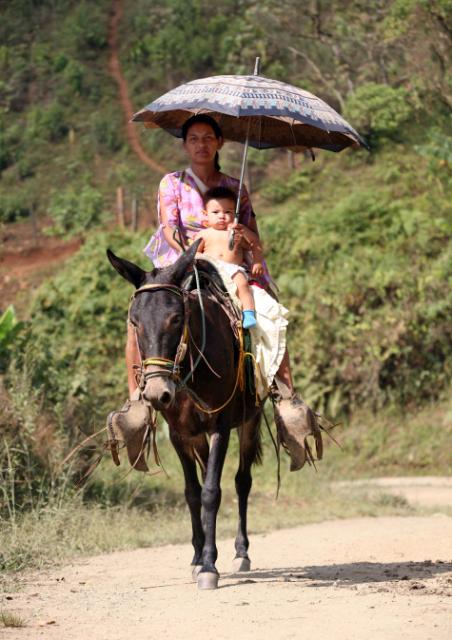 "Where is the money going to come from to support our assistance programs years from now?" This question came up today in a meeting I had with a global health donor who was pointing out that the donor countries have to think about the long-term implications of starting assistance programs in developing countries.
"Where is the money going to come from to support our assistance programs years from now?" This question came up today in a meeting I had with a global health donor who was pointing out that the donor countries have to think about the long-term implications of starting assistance programs in developing countries.
The simple answer on the surface - the developing countries will pay for these programs themselves when the local economies improve - belies the fact that there are too few examples of this successful transition. My colleague was rightfully skeptical that there was much chance of the transition for some of the newer vaccines we're rolling out.
Always the optimist, I countered with the point that the GAVI Alliance uses a pretty brave strategy to put countries on the right track by requiring the poorer countries that are eligible for GAVI funding to put forward some of their own funds with a 'co-financing' payment. This small payment provides some "skin in the game" on their end and helps diminish the subsidy that the donors must come up with. When it is only $0.10 per dose, as it is for the very weakest of states, and only for 50 million doses per year, this amounts only $5 million a year. Not much relief for global donors.
On the other hand, when you get up to $0.30 per dose and 200 million doses per year, this amounts to $60 million a year on each subsidized vaccine. Apply this to vaccines against the leading pneumonia and diarrhea killers of children - Hib, pneumococcal, and rotavirus vaccines - and you've got $180 million per year. Compare this to the current US government contribution for GAVI (~$75 per year), and you can't avoid the conclusion that the developing countries are putting up way more than our donor dollars.
Another example comes from VillageReach, an international 'social business entrepreneur', that has helped reduce the costs of delivering vaccines in "the last mile". Their efforts have increased the vaccination coverage rates in a rural Mozambique from 68% to 95%, and reduced the costs per vaccinated children from $6.07 to $5.03. Their solution: primarily good management of the last mile of the supply chain system. By reducing stock-out rates from 80% to 1% and managing the vaccine delivery process more effectively, they are reaching more children and at lower costs. Those savings are another potential source of funds for developing countries to use in moving off of donor assistance.
A few years ago, Ruth Levine at the Center for Global Development wrote a great book on global health called: "Millions saved: What works in global health". Maybe for the next edition of her book Ruth can develop case-studies of successful financing transitions from donor countries to developing countries. She could still use the title "Millions saved" but this time it might apply equally to the lives of children and donor funding.
If you've got an example from your experience, please put it in a comment on this blog. There are all together too few examples to begin with. And who knows, maybe it'll end up as the inspiration for Ruth's next book!